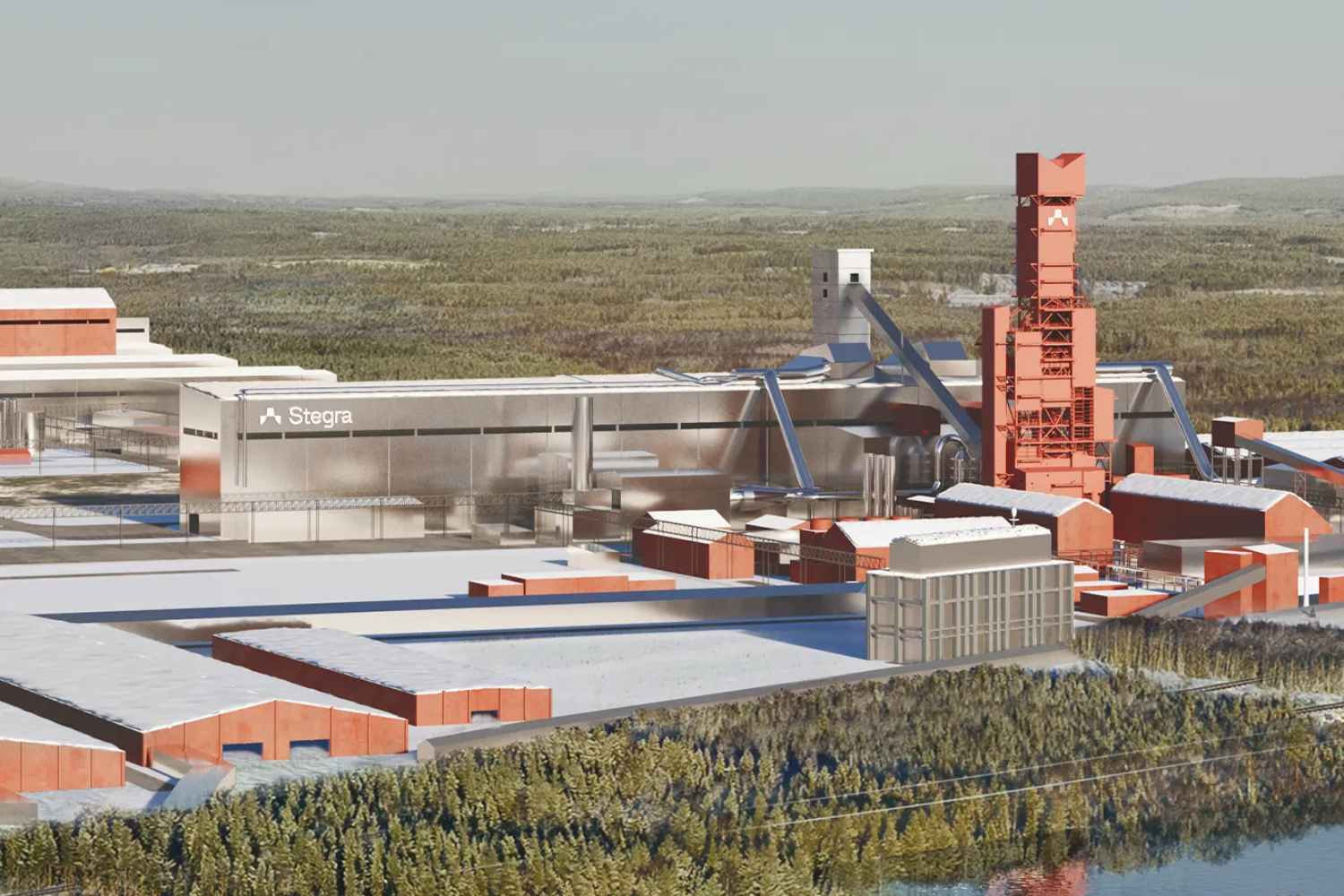The Scandinavian startup launches a new funding round to complete the world's first large-scale green steel plant in Boden. Using hydrogen and renewable energy, it aims to produce 5 million tons of sustainable steel by 2030

In northern Sweden, in Boden, the world’s first large-scale green steel plant is taking shape, developed by startup Stegra, founded in 2020. The project represents a technological breakthrough for the steel industry, traditionally among the most polluting sectors on the planet.
The plant aims to produce five million tons of green steel annually by 2030, dramatically reducing CO₂ emissions. Production will use hydrogen obtained from renewable energy to remove oxygen from iron oxide, replacing coal. All electricity will be supplied 100% from renewable sources, primarily wind and hydroelectric power.
According to Henrik Henriksson, Stegra’s CEO, the company “boasts a unique position in the green steel landscape, with a solid order portfolio and proven execution capabilities.” The new funding round will cover approximately 15% of the total budget, combining equity, debt, and strategic partnerships.
Stegra has already signed agreements with Microsoft to supply near-zero emission steel to the tech giant’s data centers, demonstrating growing multinational interest in sustainable solutions.
Financial challenges
Despite its ambitions, Stegra faces significant financial difficulties, as reported by the Financial Times. The startup, previously known as H2 Green Steel, needs up to €1.5 billion ($1.65 billion) in new funding to cover delays, cost overruns, and the internal integration of infrastructure such as railways and ports near the Boden facility.
Sources from the Financial Times indicate the company is burning through approximately €280 million ($308 million) per month and risks running out of cash in less than two months if it fails to close the new funding round. The worst-case scenario discussed by the board of directors estimated a deficit of €1.5 billion ($1.65 billion), with a central scenario of €1.25 billion ($1.38 billion).
Henriksson stated he doesn’t recognize the negative picture reported and emphasized that discussions with major investors and founders are constructive. According to him, the new funding round, representing about 15% of the project’s total budget, should provide the necessary liquidity to complete the plant.
Stegra’s financial troubles reflect a broader challenge for Europe’s green steel industry, where several similar projects have been abandoned or delayed due to high energy costs and technical complexity.
Source: Financial Times
